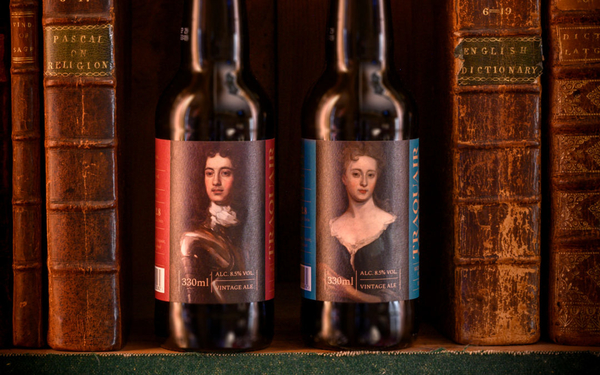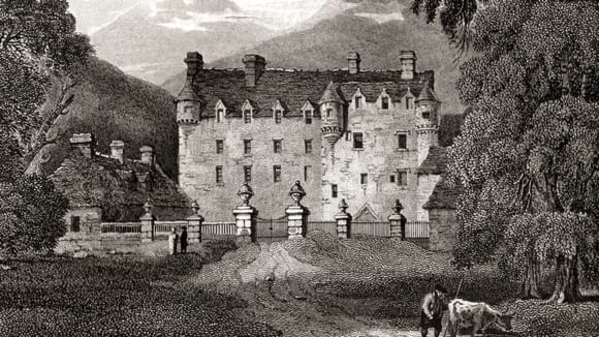Scots ale recalls daring Jacobite escape
Added: Sunday, November 17th 2019

A beer that commemorates a remarkable episode during the attempt by Prince Charles Edward Stuart – Bonnie Prince Charlie – to regain the British throne in the 18th century has been created by the brewery at Traquair House, Scotland’s oldest inhabited stately home (pictured below).
The 8.5 per cent vintage ale is called Lady Nithsdale and it celebrates the successful effort to save her husband from the scaffold by smuggling him out of the Tower of London in 1716. William and Winifred Nithsdale lived in the Scottish Borders, close to Traquair House. They were staunch supporters of the Stuart cause and William fought alongside the prince. William was arrested at the Battle of Preston in 1715 during the first Jacobite Rising and taken to the Tower where he was sentenced to death for treason.
Winifred Nithsdale and her maid Cecilia Evans travelled by horse to London from Scotland, battling snow storms and blizzards. In the capital they stayed with friends of the family called Mills. Winifred was granted a meeting with King George I where she pleaded for mercy for her husband. The king not only refused her petition but was also extremely rude to her.
In despair, Winifred went to the Tower where she bribed the guards to allow her to visit William, who was held in the Lieutenant’s Lodgings. Winifred returned two days later on the eve of William’s execution. Cecilia accompanied her wearing an extra petticoat and cloak. William put on the spare clothing and left the Tower with Winifred, hiding his face and fooling the guards.
While Mrs Mills went to the tower to release Cecilia, the Nithsdales made their escape from London. William was taken to France by Jacobite supporters and was joined by Winifred after she had picked up her children in Scotland. George I was furious about the escape.
The cloak used to disguise William is on display at Traquair House. The brewery there is more than 300 years old and is placed in out buildings close to the Quair, a stream that flows into the Tweed, the river that marks the border between England and Scotland. The brewery was not used for centuries until 1965 when the Laird, Peter Maxwell Stuart, launched Traquair House Ale. The 7.2 per cent barley wine became a cult beer and is widely exported to Japan, the United States and several other countries.
The brew house has a wooden mash tun while the copper where hops are boiled was added in 1738. When Peter Maxwell Stuart started brewing again the brew house had a four-barrel capacity but this has been extended by his daughter, Lady Catherine, who gave up a career in the theatre to run the house and brewery when her father died. Fermentation takes place in wooden vessels and some new stainless steel ones, added to cope with demand.
Lady Nithsdale Ale is deep ruby red in colour, with burnt grain, plums, bitter chocolate, molasses, blood oranges and spicy hops on the aroma. The palate is bittersweet with rich dark fruit, spicy hops, bitter chocolate and roasted malt. There’s smooth creamy malt on the finish balanced by spicy hops, tart fruit and chocolate but it finally becomes bitter but with continuing rich malt and fruit notes.
The beer is available with labels showing both Lady and Lord Nithsdale. As it’s bottle conditioned and will remain in drinkable condition for 10 years, I drank the Lady Nithsdale version but placed Lord Nithsdale in my cellar, which from a historical perspective seemed the correct thing to do.









